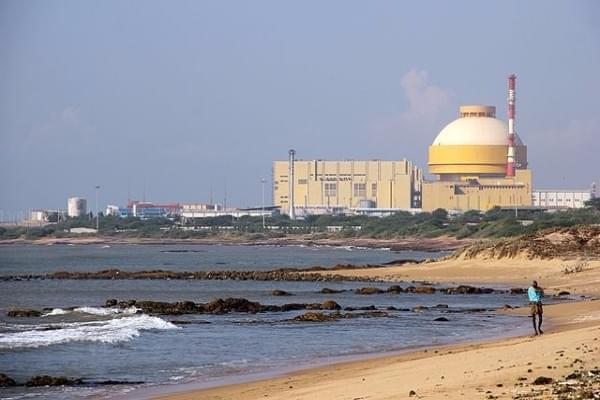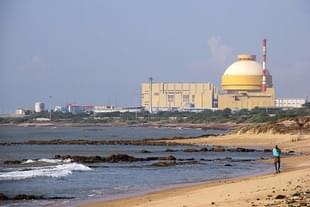Ideas
Kudankulam II Goes Critical: Why India Needs Hundreds More
Swarajya Staff
Sep 02, 2016, 11:26 AM | Updated 11:26 AM IST
Save & read from anywhere!
Bookmark stories for easy access on any device or the Swarajya app.


The second unit of the Kudankulam Nuclear Power Project (KKNPP) went critical, or started nuclear fission, on 28 August 2016, paving the way for a 1,000 MW increase in electricity generation, even as India needs hundreds of such reactors to satiate its power needs.
The unit will boost the country’s collective nuclear power generation capacity to 6,780 MW from the existing 5,780 MW. India operates 22 nuclear power reactors and the Nuclear Power Corporation of India (NPCIL) is planning to commission four more soon.
However, all this is just a drop in the ocean.
India currently generates a little more than 250 GW of electricity, and according to a study, it would require an electricity generating potential of 1,400 GW by 2060. An average Indian today consumes much less power (917 kWh a year) than his European counterpart (nearly 3,000 kWh a year). But when this gap is bridged by increasing incomes and overall economic development, power demand will naturally go up significantly.
Swarajya author Jaideep Prabhu, therefore, presents a case for hundreds of more such reactors:
At present, some 40 reactor projects are ongoing or have been stalled due to legal complications but Delhi should not be thinking about 30 or 40 reactors – it should be considering 300 or 400.
Even with such a massive investment over the next 50 years, nuclear power will still amount to less than 35 percent of India’s total energy mix. Indeed, the US represents a similar energy mix today with a hundred reactors for its 315 million people.
The KKNPP achieved first criticality on 28 August, which is likely to be connected to the southern grid after it starts generating 400 MW of power within 45 days.
The 1,000 MW first unit attained criticality on 13 July 2013 and was synchronised with the grid in October the same year.




